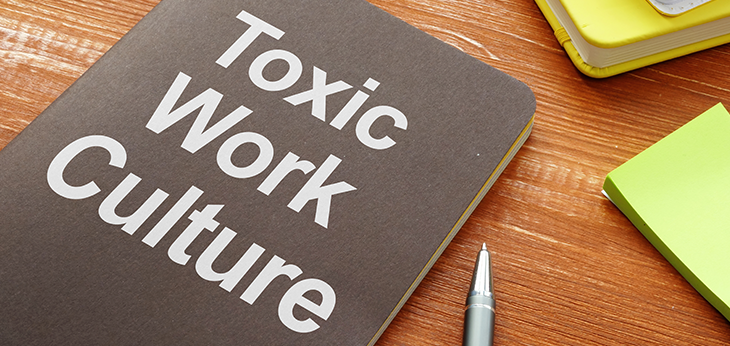It was disappointing, but unsurprising, to read recent articles in Pro Bono and Third Sector on the toxic culture at Amnesty’s International Secretariat in the UK. The response of the Australian Unemployed Workers’ Union was similarly unsurprising – effectively stating that toxic work cultures are present in the Australian not for profit sector too.
I’ve spent my entire career working in and around not for profits. Over more than 20 years, I’ve lost count of the number of people I’ve encountered from outside the sector who imagine that working for a not for profit is all a bit soft and fluffy. They think that I must work in a loved up organisation where everyone is kind to each other because it’s all about the social outcome. The perception is that somehow, not for profit employees are a different breed of human – devoid of all those personality traits we use to characterise the corporate world: greed, jealousy, competiveness etc. The reality is that we’re humans, with our own flaws and baggage, just like everyone else, and just like everyone else, those flaws sometimes show their face in the workplace. If anything, our passion and commitment for what we do can exaggerate, rather than moderate, some of our less desirable behaviours. Take a stubborn person who absolutely believes their way is right, and then multiply it with a deep seated commitment to make a difference, and you have an intransigent colleague who won’t listen, negotiate or compromise.
The Amnesty case is tragic. The review of corporate culture followed the suicides of two Amnesty employees, and the report identified a dangerous cocktail of pressure resulting from casework on human right abuses, and a toxic work culture that included bullying and harassment.
The reality and the risks
The reality is we’re dealing with difficult issues, seemingly intractable social problems. Our employees and volunteers may be facing human suffering on a daily basis, and we are often under resourced, putting huge pressures on employees at every level of the organisation. In a context of high pressure, prolonged stress, our executive function is impaired and we retreat to fight, flight or freeze responses. None of these are healthy workplace reactions and can manifest themselves in poor behaviours that may be harmful to ourselves and others. Unchecked, such behaviours effectively become condoned and normalised, and a toxic work culture evolves.
One of the biggest risks in human services organisations is where this toxicity takes the form of ignoring poor quality care, or abuse, and silencing dissenting voices, so that people can’t speak up. As not for profits, we hold ourselves, and the public holds us, to a higher standard. We risk losing this public trust if we are seen as uncaring, deliberately oblivious to poor client treatment or, worse, actively protecting those that have caused harm to the people in our care. The triumvirate of Royal Commissions that involve our sector: institutional child abuse; aged care and – almost inevitably – disability care, are like the ghosts of Christmas past, present and future, casting a shadow over human services organisations and forcing us to examine our histories and focus on the culture we want to create for our organisations to thrive.
Building the culture your employees and clients deserve
Fixing a toxic workplace is not an easy process. It invariably involves some blood-letting (all seven of the executive leadership team at Amnesty International have offered their resignations) and strong leadership to turn the culture around. If these issues seep into the public domain, the reputational damage runs deep. It might be easier to avoid a toxic work culture developing in your organisation in the first place.
- Set your behaviour expectations for your leadership and your employees: recruit to your desired organisational values and behaviours, and hold people to account if their workplace behaviours don’t meet your expected standards
- Measure your organisation’s culture (and do something with the results)
- Use 360 reviews to gather peer and report feedback on your leadership team and, for larger organisations, senior managers. These reviews can provide valuable insight into the impact of management behaviours on your team and as such provide a useful tool to inform the ongoing development of your leaders.






